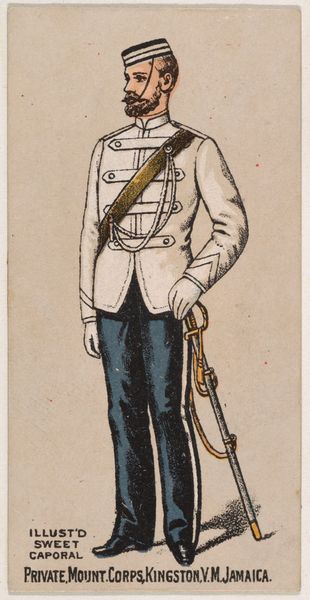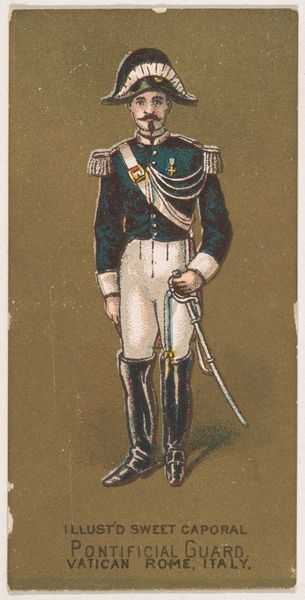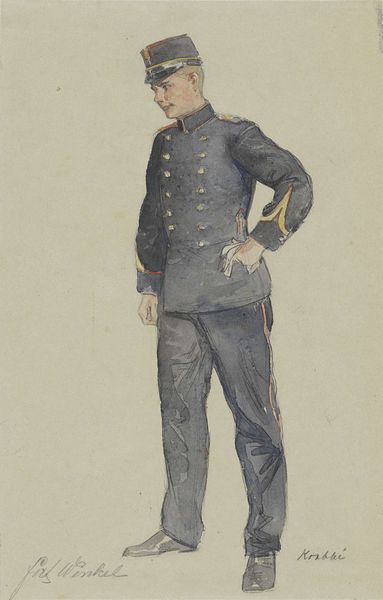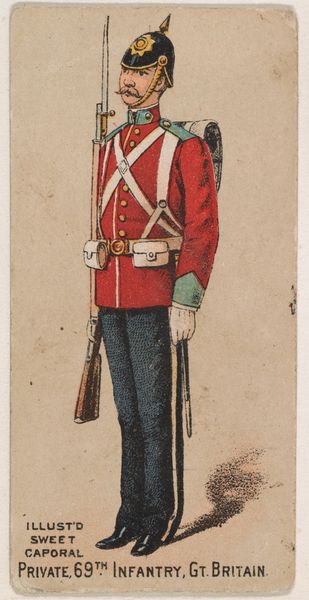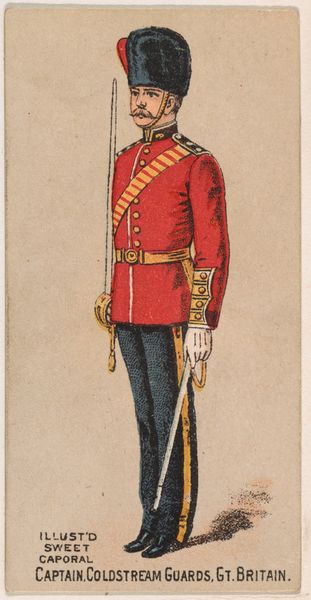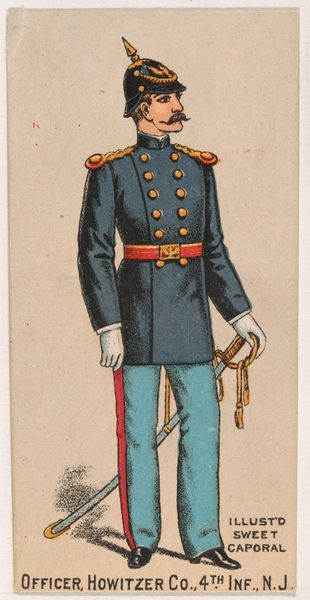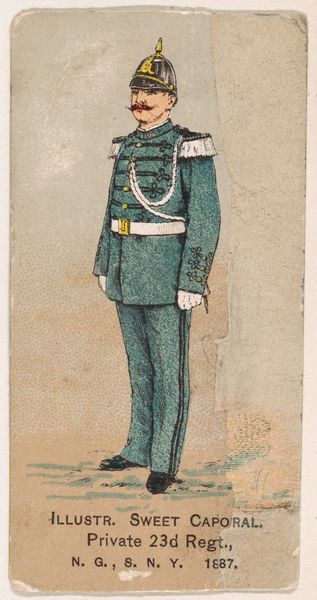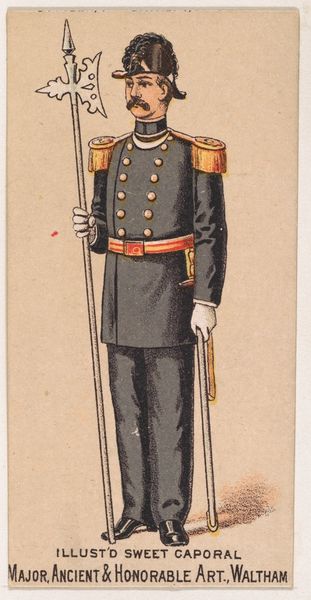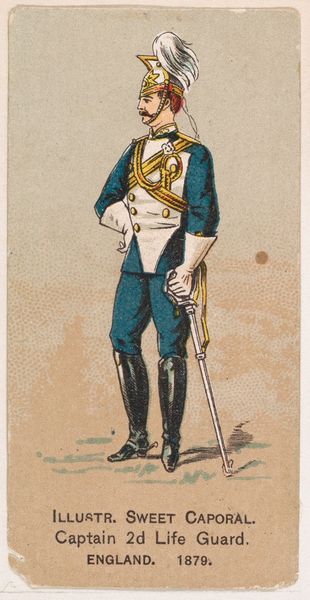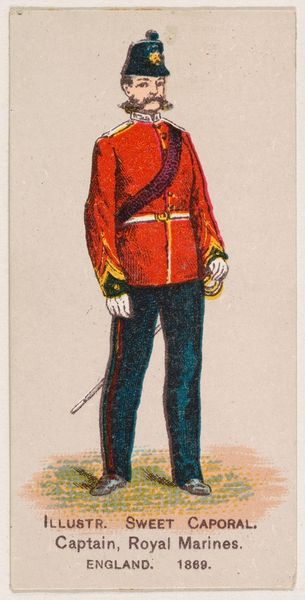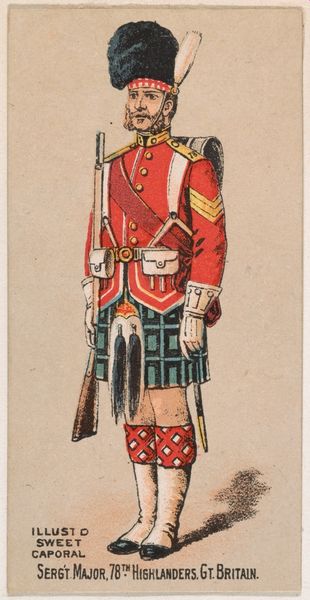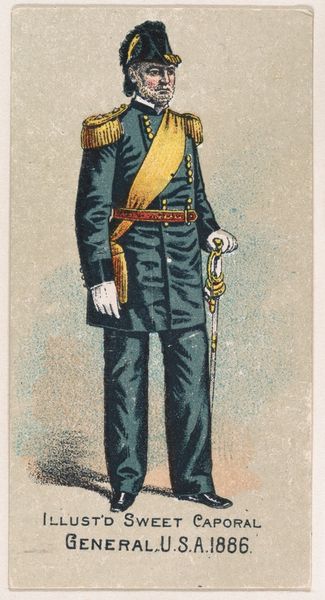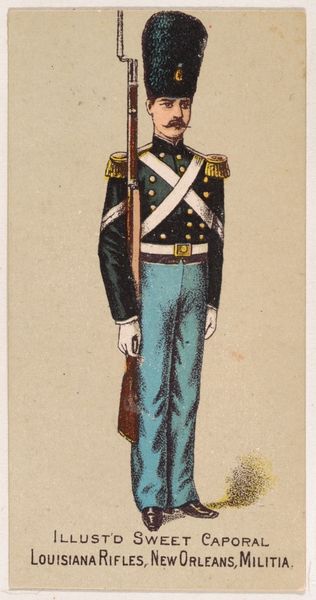
Herinneringspenning bij het zilveren, vijfentwintigjarig huwelijk van koningin Juliana en prins Bernhard, 1962 1962
0:00
0:00
anonymous
Rijksmuseum
print, metal
#
portrait
# print
#
metal
Dimensions: diameter 3.1 cm, height 8.8 cm, weight 18.86 gr
Copyright: Rijks Museum: Open Domain
Editor: So, this is "Herinneringspenning bij het zilveren, vijfentwintigjarig huwelijk van koningin Juliana en prins Bernhard", or Commemorative medal for the silver, twenty-fifth wedding anniversary of Queen Juliana and Prince Bernhard. It was made in 1962, author is unknown, and the mediums used appear to be metal and what looks like printed ribbon. It feels quite formal, regal even, but also somewhat impersonal. How would you interpret it? Curator: Well, viewing it through a historical lens, it reflects a fascinating shift in how monarchy was being presented to the public. The 1960s were a period of significant social change. Royalty had to renegotiate its image to stay relevant. Notice how the profiles, though idealized, are placed close together, signifying a sense of unity and accessibility, rather than distant power. The very act of producing a commemorative medal made it broadly accessible to the populace. Doesn't that contrast with older notions of royalty? Editor: It does, actually. It's interesting how it tries to balance tradition and modernity. The portraits have that neoclassical profile feel but mass-produced as you note to be within the financial reach of most Dutch families. It's propaganda, I guess? Curator: It certainly participates in the construction of a specific royal image. And we shouldn’t ignore the context of post-war Europe. Monarchies that survived needed to connect with their people on a more intimate level, often emphasizing family values. The ribbon colours also most likely refer to the house colours of Orange. Consider the purpose: what did it mean for the monarchy to have this kind of "merch," circulating among its citizens? Did this change what being royal meant? Editor: That's a great point. The symbolic impact on national identity through popular visual culture. I guess I see now, that it's more than just a simple celebration; it's an attempt to reinforce a specific role for the monarchy in a changing world. Curator: Exactly! And questioning the intent behind its design invites a deeper consideration of its legacy and meaning for the Dutch people. I hope that makes one pause for thought on the topic! Editor: I completely agree. Thanks for clarifying; it is more than just a pretty commemorative object, that’s for sure.
Comments
No comments
Be the first to comment and join the conversation on the ultimate creative platform.
